

| Cruise Region : Caribbean |
| Company : Azamara Cruises |
| Ship : Azamara Quest |
| Journey Start : Wed 22 Mar 2028 |
| Journey End : Sun 02 Apr 2028 |
| Count Nights : 11 nights |
| Day | Date | Port | Arrival | Departure |
|---|---|---|---|---|
| 1 | 22.03 Wed | Miami / USA | 18:00 | |
| 2 | 23.03 Thu | Key West / USA | 08:00 | 17:00 |
| 3 | 24.03 Fri | Tampa / USA | 09:00 | 22:00 |
| 4 | 25.03 Sat | Day at sea / Sea | 15:00 | |
| 5 | 26.03 Sun | Mobile / USA | 08:00 | 18:00 |
| 6 | 27.03 Mon | New Orleans / USA | 08:00 | |
| 7 | 28.03 Tue | New Orleans / USA | ||
| 8 | 29.03 Wed | New Orleans / USA | 08:00 | |
| 9 | 30.03 Thu | Day at sea / Sea | 15:00 | |
| 10 | 31.03 Fri | San Miguel, Cozumel Island / Mexico | 08:00 | 18:00 |
| 11 | 1.04 Sat | Day at sea / Sea | 15:00 | |
| 12 | 2.04 Sun | Miami / USA | 06:00 |
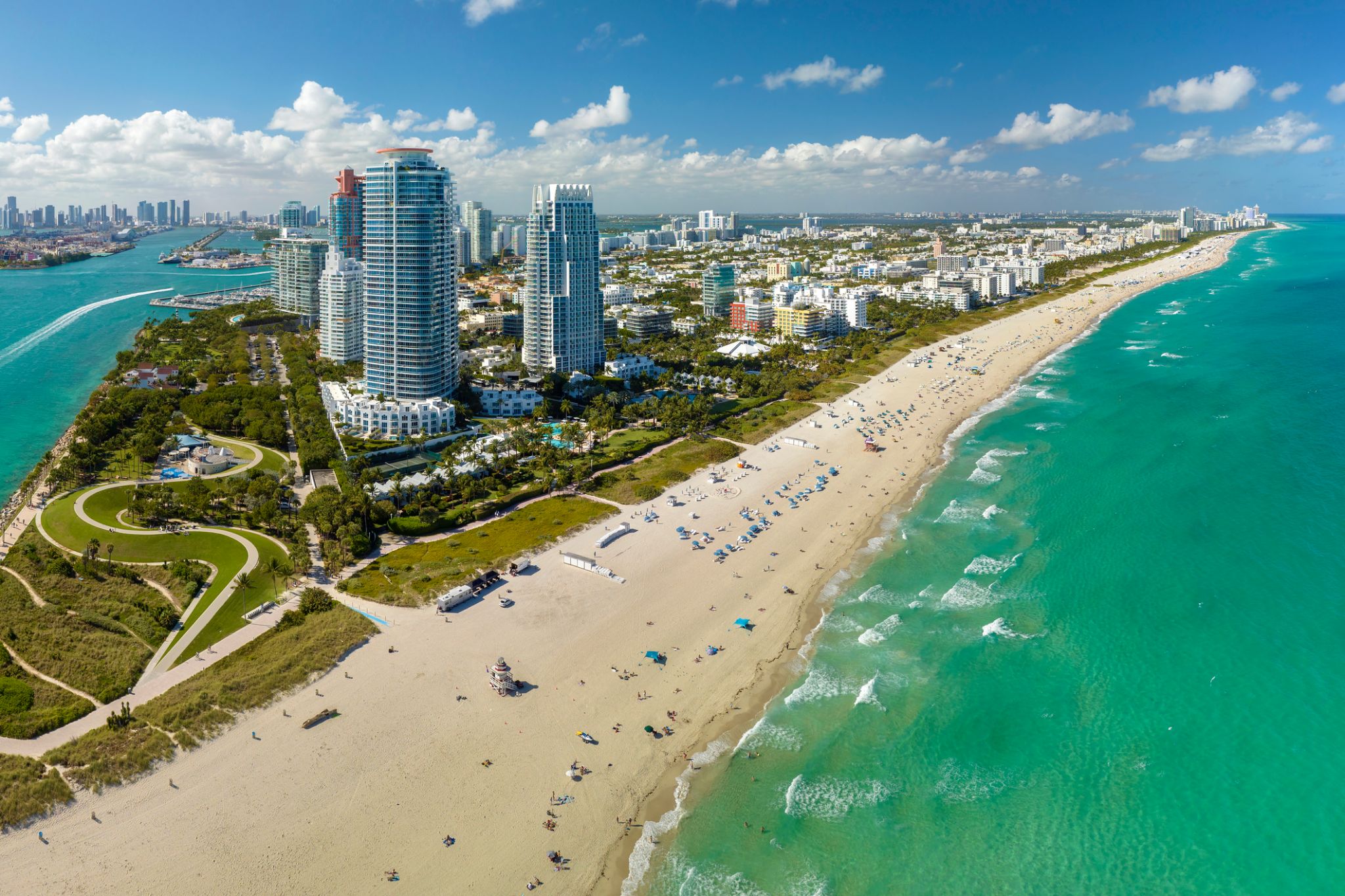
Miami, officially the City of Miami, is the cultural, economic and financial center of South Florida. Miami is the seat of Miami-Dade County, the most populous county in Florida. The city covers an area of about 56.6 square miles (147 km2), between the Everglades to the west and Biscayne Bay on the east; with a 2017 estimated population of 463,347, Miami is the sixth most densely populated major city in the United States. The Miami metropolitan area is home to 6.1 million people and the seventh-largest metropolitan area in the nation. Miami's metro area is the second-most populous metropolis in the southeastern United States and fourth-largest urban area in the U.S.
Miami is a major center, and a leader in finance, commerce, culture, media, entertainment, the arts, and international trade. The Miami Metropolitan Area is by far the largest urban economy in Florida and the 12th largest in the United States with a GDP of $344.9 billion as of 2017. In 2012, Miami was classified as an "Alpha−" level world city in the World Cities Study Group's inventory. In 2010, Miami ranked seventh in the United States and 33rd among global cities in terms of business activity, human capital, information exchange, cultural experience, and political engagement. In 2008, Forbes magazine ranked Miami "America's Cleanest City", for its year-round good air quality, vast green spaces, clean drinking water, clean streets, and citywide recycling programs. According to a 2009 UBS study of 73 world cities, Miami was ranked as the richest city in the United States, and the world's seventh-richest city in terms of purchasing power. Miami is nicknamed the "Capital of Latin America" and is the largest city with a Cuban-American plurality.
Greater Downtown Miami has one of the largest concentrations of international banks in the United States, and is home to many large national and international companies. The Civic Center is a major center for hospitals, research institutes, medical centers, and biotechnology industries. For more than two decades, the Port of Miami, known as the "Cruise Capital of the World", has been the number one cruise passenger port in the world. It accommodates some of the world's largest cruise ships and operations, and is the busiest port in both passenger traffic and cruise lines. Metropolitan Miami is also a major tourism hub in the southeastern U.S. for international visitors, ranking number two in the country after New York City.
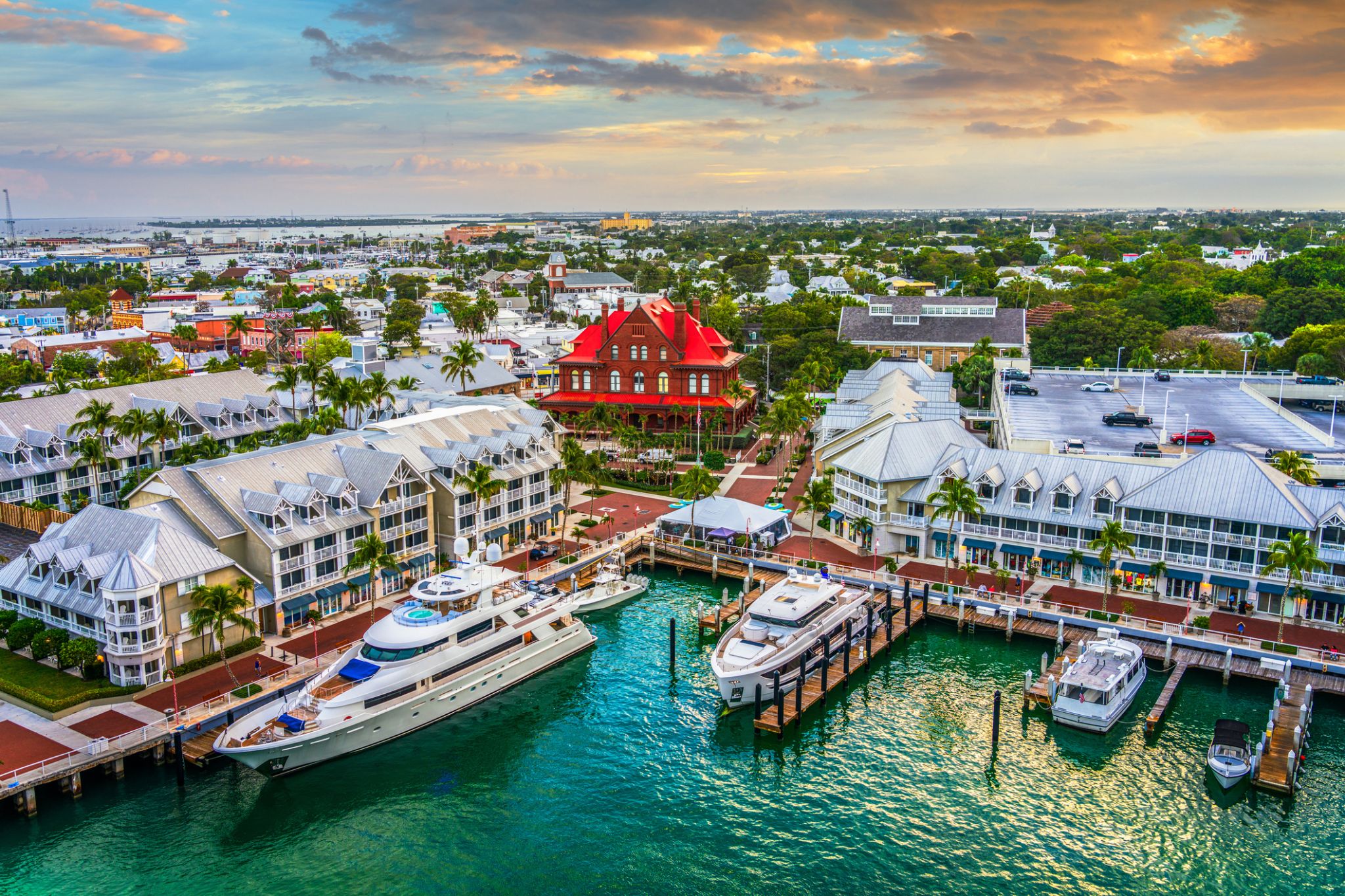
Key West is an island and city in the Straits of Florida on the North American continent. The city lies at the southernmost end of U.S. Route 1, the longest north-south road in the United States. Key West is the southernmost city in the contiguous United States and the westernmost island connected by highway in the Florida Keys. The island is about 4 miles (6.4 km) long and 1 mile (1.6 km) wide, with a total land mass of 4.2 square miles (11 km2). Duval Street, its main street, is 1.1 miles (1.8 km) in length in its 14-block-long crossing from the Gulf of Mexico to the Straits of Florida and the Atlantic Ocean. Key West is about 95 miles (153 km) north of Cuba at their closest points.
The city is the county seat of Monroe County. The city boundaries include the island of Key West and all or part of several nearby islands: Sigsbee Park, Fleming Key, Sunset Key, and the northern part of Stock Island. The total land area of the city is 5.6 square miles (14.5 km2). Key West is the southern terminus of U.S. Route 1, State Road A1A, the East Coast Greenway and, before 1935, the Florida East Coast Railway.
Key West is 129 miles (208 km) southwest of Miami by air, about 160 miles (260 km) by car, and 106 miles (171 km) north-northeast of Havana. Key West is a port of call for many passenger cruise ships. The Key West International Airport provides airline service. Naval Air Station Key West is an important year round training site for naval aviation due to the tropical weather, which is also the reason Key West was chosen as the Winter White House of President Harry S. Truman. The central business district is located along Duval Street and includes much of the northwestern corner of the island. The official city motto is "One Human Family."
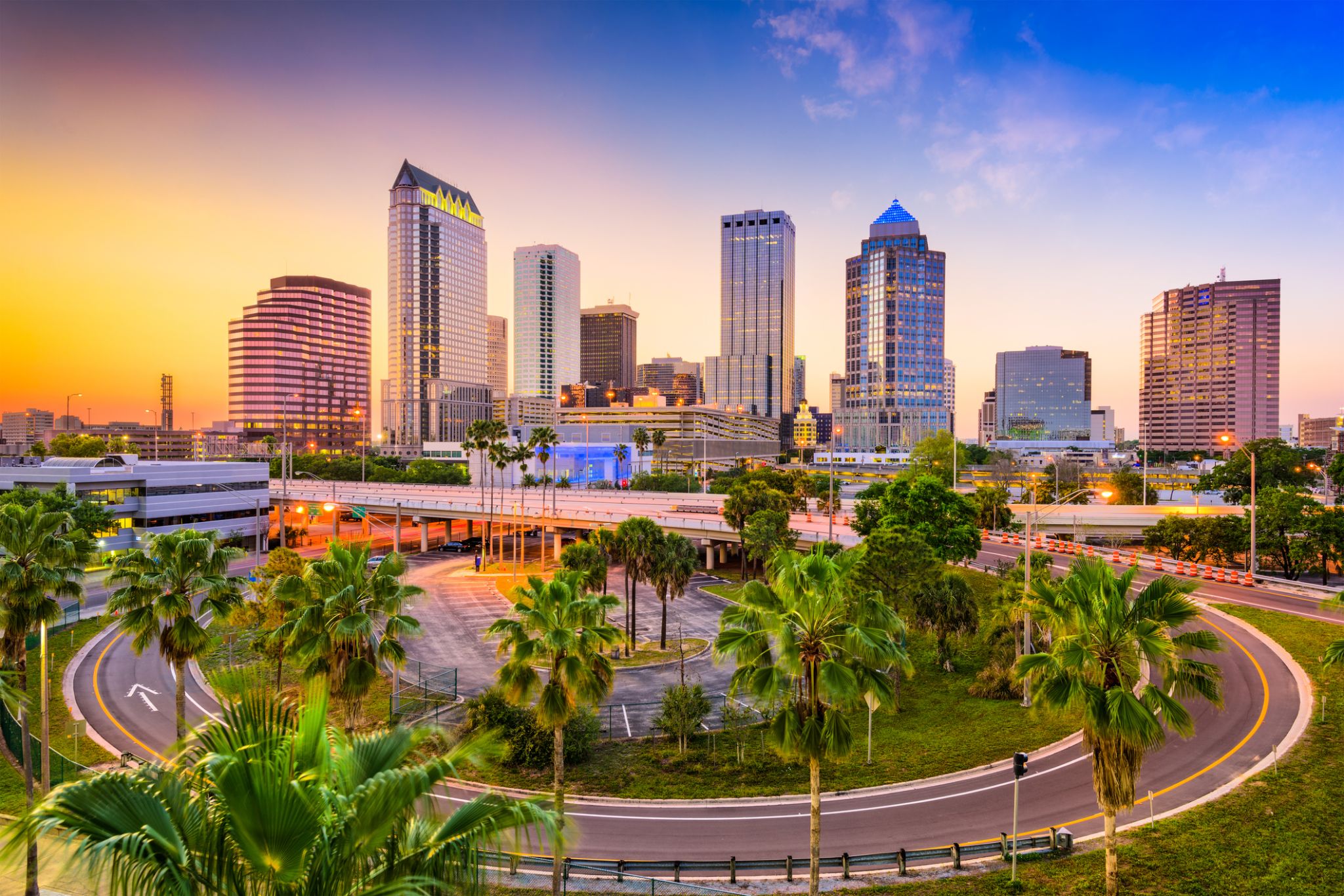


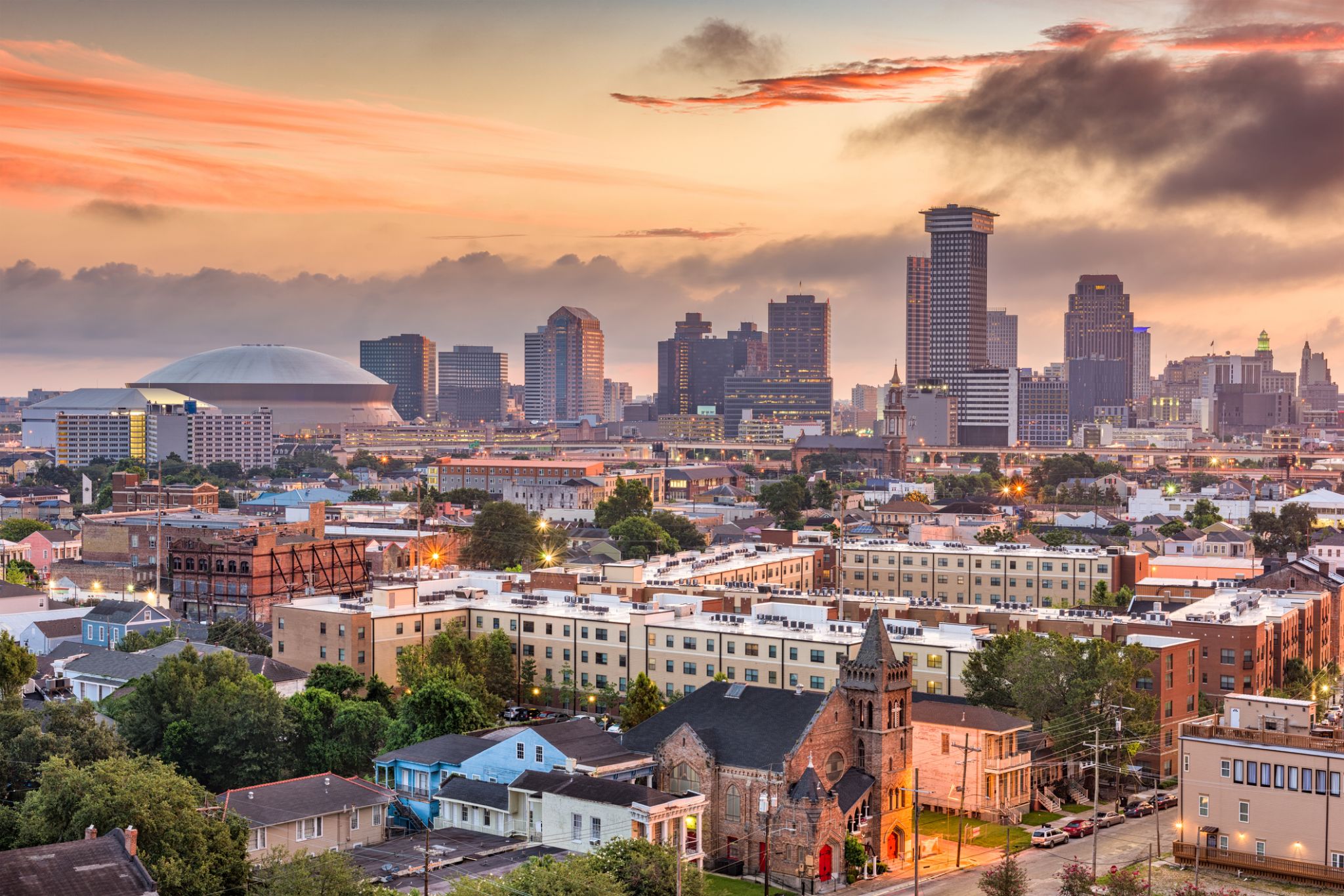
New Orleans is a consolidated city-parish located along the Mississippi River in the southeastern region of the U.S. state of Louisiana. With an estimated population of 393,292 in 2017, it is the most populous city in Louisiana. A major port, New Orleans is considered an economic and commercial hub for the broader Gulf Coast region of the United States.
New Orleans is world-renowned for its distinct music, Creole cuisine, unique dialect, and its annual celebrations and festivals, most notably Mardi Gras. The historic heart of the city is the French Quarter, known for its French and Spanish Creole architecture and vibrant nightlife along Bourbon Street. The city has been described as the "most unique" in the United States, owing in large part to its cross-cultural and multilingual heritage. Founded in 1718 by French colonists, New Orleans was once the territorial capital of French Louisiana before being traded to the United States in the Louisiana Purchase of 1803. New Orleans was once the third-most populous city in the United States, and it was the largest city in the American South from the Antebellum era until after World War II. The city's location and low elevation have historically made it very vulnerable to flooding, leading to the installation of a complex system of levees and drainage pumps.
New Orleans was severely affected by Hurricane Katrina in 2005, flooding over 80% of the city and causing a population decline of over 50%. Since Katrina, major redevelopment efforts have led to a rebound in the city's population. Although, concerns about gentrification, new residents buying property in closely knit communities, and displacement of longtime residents have been voiced.
The city and Orleans Parish (French: paroisse d'Orléans) are coterminous. As of 2017, Orleans Parish is the third most-populous parish in Louisiana, behind East Baton Rouge Parish and neighboring Jefferson Parish. The city and parish are bounded by St. Tammany Parish and Lake Pontchartrain to the north, St. Bernard Parish and Lake Borgne to the east, Plaquemines Parish to the south, and Jefferson Parish to the south and west.
The city anchors the larger New Orleans metropolitan area which had an estimated population of 1,275,762 in 2017, making it the most populous metropolitan area in Louisiana and the 46th-most populated in the United States.

New Orleans is a consolidated city-parish located along the Mississippi River in the southeastern region of the U.S. state of Louisiana. With an estimated population of 393,292 in 2017, it is the most populous city in Louisiana. A major port, New Orleans is considered an economic and commercial hub for the broader Gulf Coast region of the United States.
New Orleans is world-renowned for its distinct music, Creole cuisine, unique dialect, and its annual celebrations and festivals, most notably Mardi Gras. The historic heart of the city is the French Quarter, known for its French and Spanish Creole architecture and vibrant nightlife along Bourbon Street. The city has been described as the "most unique" in the United States, owing in large part to its cross-cultural and multilingual heritage. Founded in 1718 by French colonists, New Orleans was once the territorial capital of French Louisiana before being traded to the United States in the Louisiana Purchase of 1803. New Orleans was once the third-most populous city in the United States, and it was the largest city in the American South from the Antebellum era until after World War II. The city's location and low elevation have historically made it very vulnerable to flooding, leading to the installation of a complex system of levees and drainage pumps.
New Orleans was severely affected by Hurricane Katrina in 2005, flooding over 80% of the city and causing a population decline of over 50%. Since Katrina, major redevelopment efforts have led to a rebound in the city's population. Although, concerns about gentrification, new residents buying property in closely knit communities, and displacement of longtime residents have been voiced.
The city and Orleans Parish (French: paroisse d'Orléans) are coterminous. As of 2017, Orleans Parish is the third most-populous parish in Louisiana, behind East Baton Rouge Parish and neighboring Jefferson Parish. The city and parish are bounded by St. Tammany Parish and Lake Pontchartrain to the north, St. Bernard Parish and Lake Borgne to the east, Plaquemines Parish to the south, and Jefferson Parish to the south and west.
The city anchors the larger New Orleans metropolitan area which had an estimated population of 1,275,762 in 2017, making it the most populous metropolitan area in Louisiana and the 46th-most populated in the United States.

New Orleans is a consolidated city-parish located along the Mississippi River in the southeastern region of the U.S. state of Louisiana. With an estimated population of 393,292 in 2017, it is the most populous city in Louisiana. A major port, New Orleans is considered an economic and commercial hub for the broader Gulf Coast region of the United States.
New Orleans is world-renowned for its distinct music, Creole cuisine, unique dialect, and its annual celebrations and festivals, most notably Mardi Gras. The historic heart of the city is the French Quarter, known for its French and Spanish Creole architecture and vibrant nightlife along Bourbon Street. The city has been described as the "most unique" in the United States, owing in large part to its cross-cultural and multilingual heritage. Founded in 1718 by French colonists, New Orleans was once the territorial capital of French Louisiana before being traded to the United States in the Louisiana Purchase of 1803. New Orleans was once the third-most populous city in the United States, and it was the largest city in the American South from the Antebellum era until after World War II. The city's location and low elevation have historically made it very vulnerable to flooding, leading to the installation of a complex system of levees and drainage pumps.
New Orleans was severely affected by Hurricane Katrina in 2005, flooding over 80% of the city and causing a population decline of over 50%. Since Katrina, major redevelopment efforts have led to a rebound in the city's population. Although, concerns about gentrification, new residents buying property in closely knit communities, and displacement of longtime residents have been voiced.
The city and Orleans Parish (French: paroisse d'Orléans) are coterminous. As of 2017, Orleans Parish is the third most-populous parish in Louisiana, behind East Baton Rouge Parish and neighboring Jefferson Parish. The city and parish are bounded by St. Tammany Parish and Lake Pontchartrain to the north, St. Bernard Parish and Lake Borgne to the east, Plaquemines Parish to the south, and Jefferson Parish to the south and west.
The city anchors the larger New Orleans metropolitan area which had an estimated population of 1,275,762 in 2017, making it the most populous metropolitan area in Louisiana and the 46th-most populated in the United States.

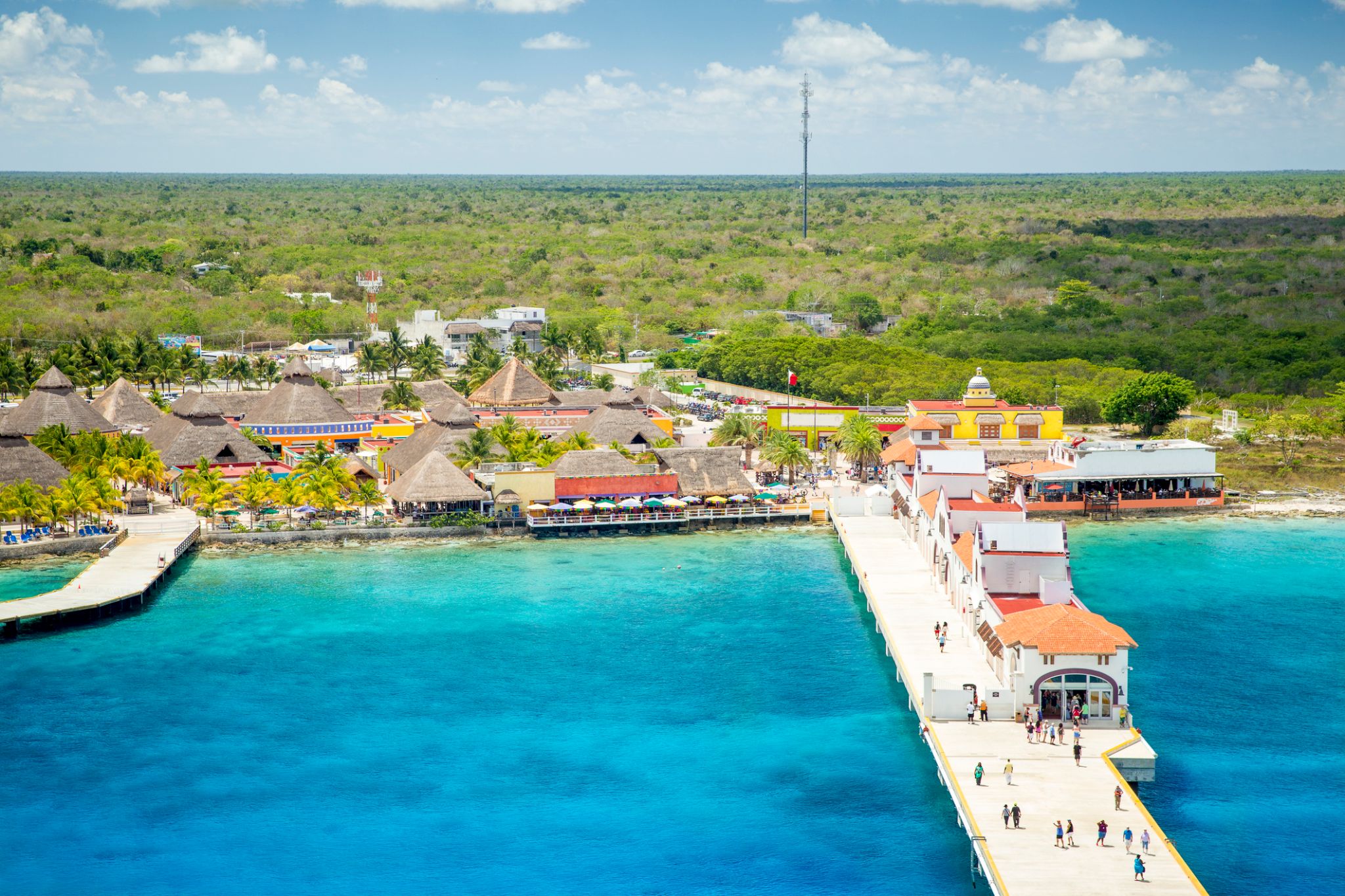


Miami, officially the City of Miami, is the cultural, economic and financial center of South Florida. Miami is the seat of Miami-Dade County, the most populous county in Florida. The city covers an area of about 56.6 square miles (147 km2), between the Everglades to the west and Biscayne Bay on the east; with a 2017 estimated population of 463,347, Miami is the sixth most densely populated major city in the United States. The Miami metropolitan area is home to 6.1 million people and the seventh-largest metropolitan area in the nation. Miami's metro area is the second-most populous metropolis in the southeastern United States and fourth-largest urban area in the U.S.
Miami is a major center, and a leader in finance, commerce, culture, media, entertainment, the arts, and international trade. The Miami Metropolitan Area is by far the largest urban economy in Florida and the 12th largest in the United States with a GDP of $344.9 billion as of 2017. In 2012, Miami was classified as an "Alpha−" level world city in the World Cities Study Group's inventory. In 2010, Miami ranked seventh in the United States and 33rd among global cities in terms of business activity, human capital, information exchange, cultural experience, and political engagement. In 2008, Forbes magazine ranked Miami "America's Cleanest City", for its year-round good air quality, vast green spaces, clean drinking water, clean streets, and citywide recycling programs. According to a 2009 UBS study of 73 world cities, Miami was ranked as the richest city in the United States, and the world's seventh-richest city in terms of purchasing power. Miami is nicknamed the "Capital of Latin America" and is the largest city with a Cuban-American plurality.
Greater Downtown Miami has one of the largest concentrations of international banks in the United States, and is home to many large national and international companies. The Civic Center is a major center for hospitals, research institutes, medical centers, and biotechnology industries. For more than two decades, the Port of Miami, known as the "Cruise Capital of the World", has been the number one cruise passenger port in the world. It accommodates some of the world's largest cruise ships and operations, and is the busiest port in both passenger traffic and cruise lines. Metropolitan Miami is also a major tourism hub in the southeastern U.S. for international visitors, ranking number two in the country after New York City.